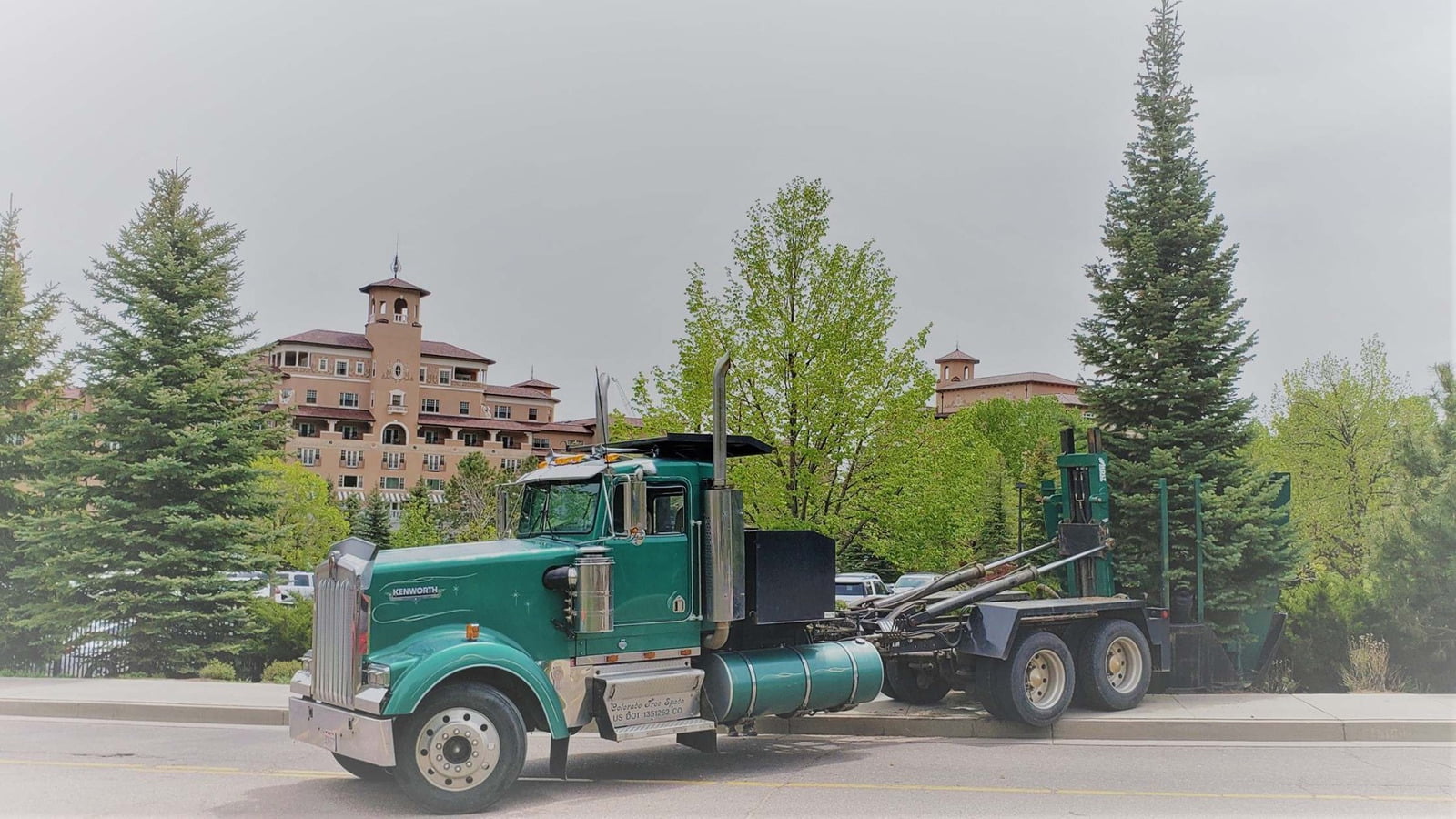Did you know that tree spading increases the chances of survival by over 50% compared to burlapped or bagged trees? When you move a tree by spading, you minimize the distribution of the roots in the soil, which keeps the roots moist and strong. Compared to balled and burlapped trees, which jostle, shak,e and dehydrate rootballs. Regardless of how you move your tree, this guide includes tree care and watering tips to ensure your investment lasts.
Water - Water - Water
One of the biggest keys to tree transplanting prep and long-term care is hydration. There are several reasons to make sure your tree stays hydrated:- When the soil surrounding the rootball stays moist, it blends with the native dirt surrounding the tree. This helps ensure that the tree and rootball compact into the ground, and blend with the native dirt. This removes the air and prevents the tree from tipping over
- The tree will be healing from cut roots. Providing additional water aids in it's healing and softens the soil for roots to grow more easily
- With shorter roots, hydrating other roots will ensure the tree is able to absorb as much water as it needs.
Watering Frequency
While there is no magic formula, we recommend the following minimums to ensure your tree is adequately watered. First 2 weeks - Water 2-4 times a day. Weeks 2-6 - Watering once a day. Weeks 7 to 12 - Water once a week. While watering after week 12 can be sporadic, watering your tree on a regular basis will ensure the greatest health going forward. Further, use your best judgment. If a tree appears to be drying out, wilting, or turning brown, increase watering. You may want to consider spraying the leaves of the tree as well to help keep it cool on hot summer days. Be sure to keep an eye on the top of the tree as well. Since it is furthest from the roots, it is the last to receive water and will be the first indication that more is needed.Other Tree Care Tips
In most cases, trees need at least three years to establish themselves in the new area after being spaded in. To facilitate this care, make sure to water the tree occasionally through year 3. You may also want to consider installing a drip line around the tree to make sure it regularly receives water. Do not put more soil around the base of the tree or around the trunk. Putting soil around the trunk of the tree can constrict its breathing and suffocate the tree. Utilize mulch around the base of your tree. Mulch, or wood chips, helps keep the soil moist even through the hottest summers. Further, mulching is also a great way to prevent weeds or other vegetation from growing around the tree, stealing its resources. Be careful not to surround the trunk with wet wood chips, though, as that can lead to tree rot and kill your tree. Be sure to leave several inches around the trunk exposed. Consider utilizing tree and shrub food or a rooting stimulator to further help the tree recover from the move. If the tree still does not appear to thrive, be sure to call a local tree service company to take a closer look
